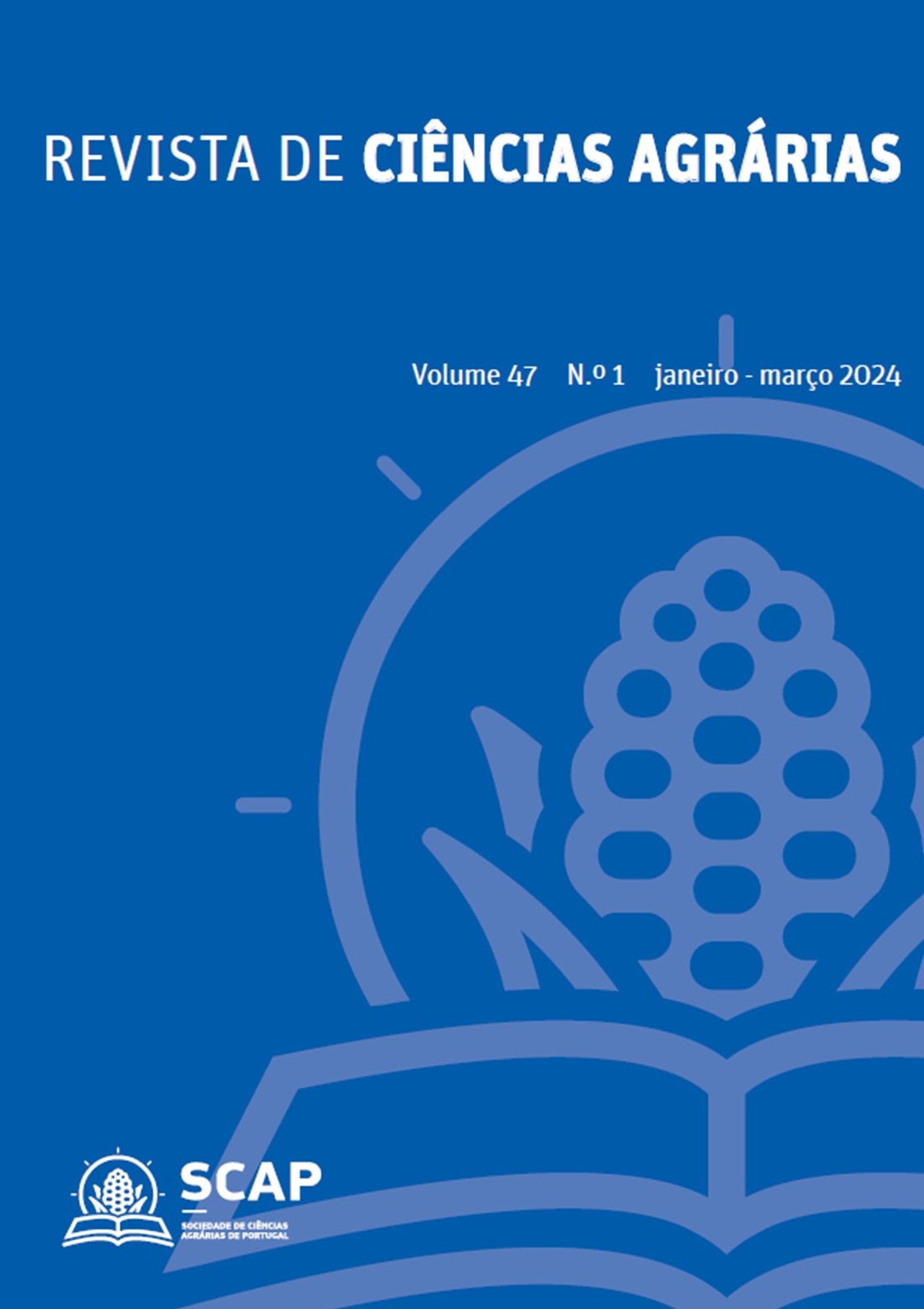Use of hydromulch for weed control in truffle plantations
DOI:
https://doi.org/10.19084/rca.34907Abstract
Spain is the main black truffle (Tuber melanosporum Vittad.) producer in the world. Weed control in these plantations is a key factor to guarantee the correct development of the trees and is usually carried out by means of mechanical weeding. During the first years of tree establishment this technique is normally combined with herbicide use trying not to reach the trunks of the saplings. However, there is concern and interest in the sector to find an alternative method to avoid possible mycotoxicity and hangover in the truffles. In April 2022 two different hydromulches were applied in young plantations to compare them with manual weeding and herbicide application in two plots of Graus (Huesca). Weed soil cover was assessed periodically up to 413 days after application and tree growth was assessed every 6 months. In one of the plots weed pressure was lower reaching 22% in one of the samplings prior to mechanical weeding; in the other plot 59% was reached. In one of the plots, mean frequency and abundancy of the perennial grass Cynodon dactylon (L.) Pers. was lower for hydromulch based on rice husk. The control of annual weeds was satisfactory in both trials for any of the tested hydromulches. In one of the plots the growth of trees was slightly higher for the hydromulches compared to the plots weeded mechanically or with herbicides.


